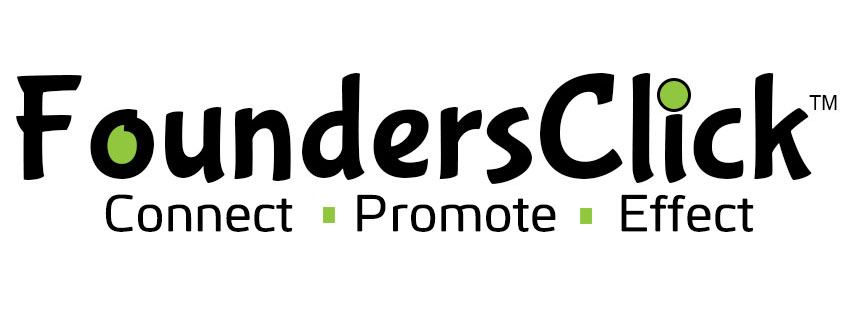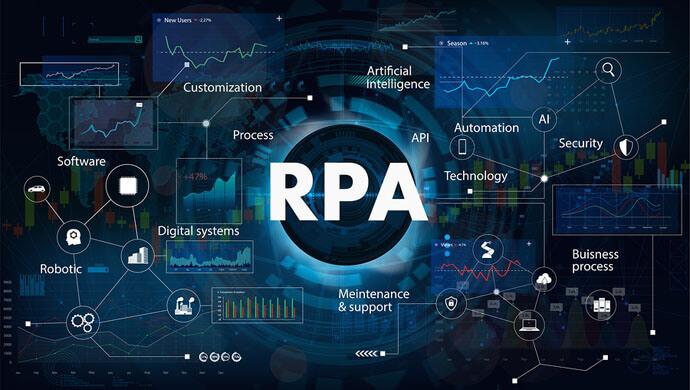What is robotic process automation?
Robotic process automation (RPA) is a software technology that makes it easy to build, deploy, and manage software robots that emulate humans actions interacting with digital systems and software. Just like people, software robots can do things like understand what’s on a screen, complete the right keystrokes, navigate systems, identify and extract data, and perform a wide range of defined actions. But software robots can do it faster and more consistently than people, without the need to get up and stretch or take a coffee break.
Where can RPA be used?
Today, RPA is driving new efficiencies and freeing people from repetitive tedium across a broad swath of industries and processes. Enterprises in industries ranging from financial services to healthcare to manufacturing to the public sector to retail and far beyond have implemented RPA in areas as diverse as finance, compliance, legal, customer service, operations, and IT. And that’s just for starters.
RPAhas become so widespread because it is broadly applicable. Virtually any high-volume, business-rules-driven, repeatable process is a great candidate for automation—and increasingly so are cognitive processes that require higher-order AI skills.
What features and capabilities are important in RPA technology?
To build and manage an enterprise-wide RPA program, you need technology that can go far beyond simply helping you automate a single process. You require a platform that can help you create and manage a new enterprise-wide capability and help you become a fully automated enterprise™. Your RPA technology must support you end-to-end, from discovering great automation opportunities everywhere, to quickly building high-performing robots, to managing thousands of automated workflows.

 SkillClick
SkillClick
